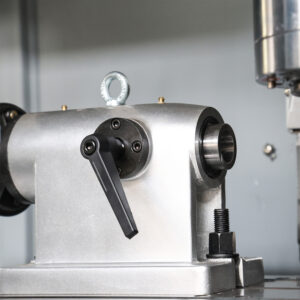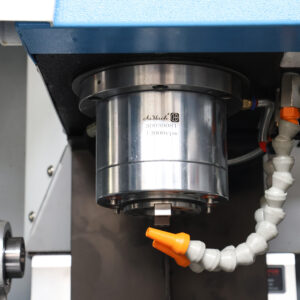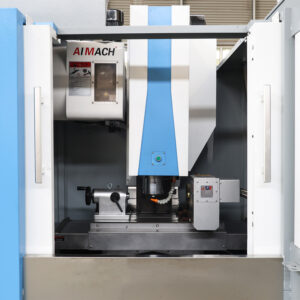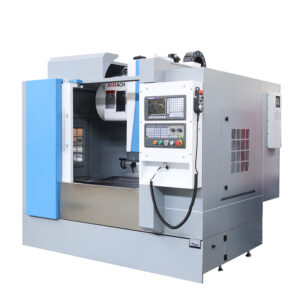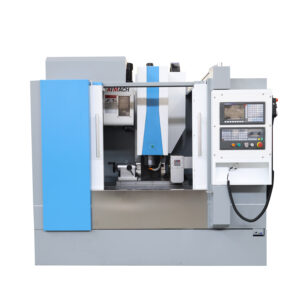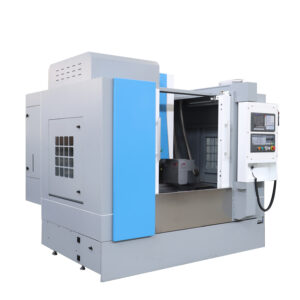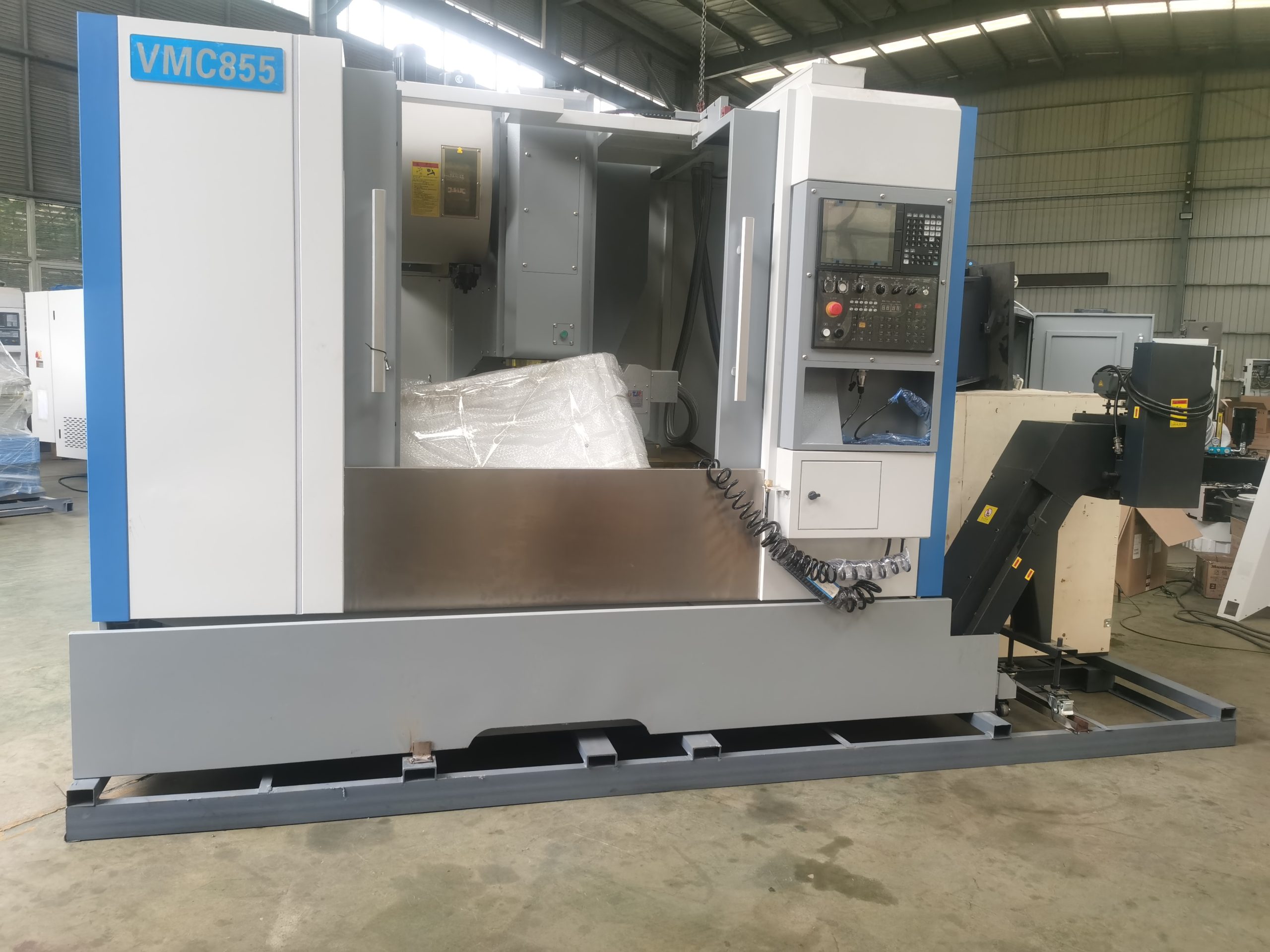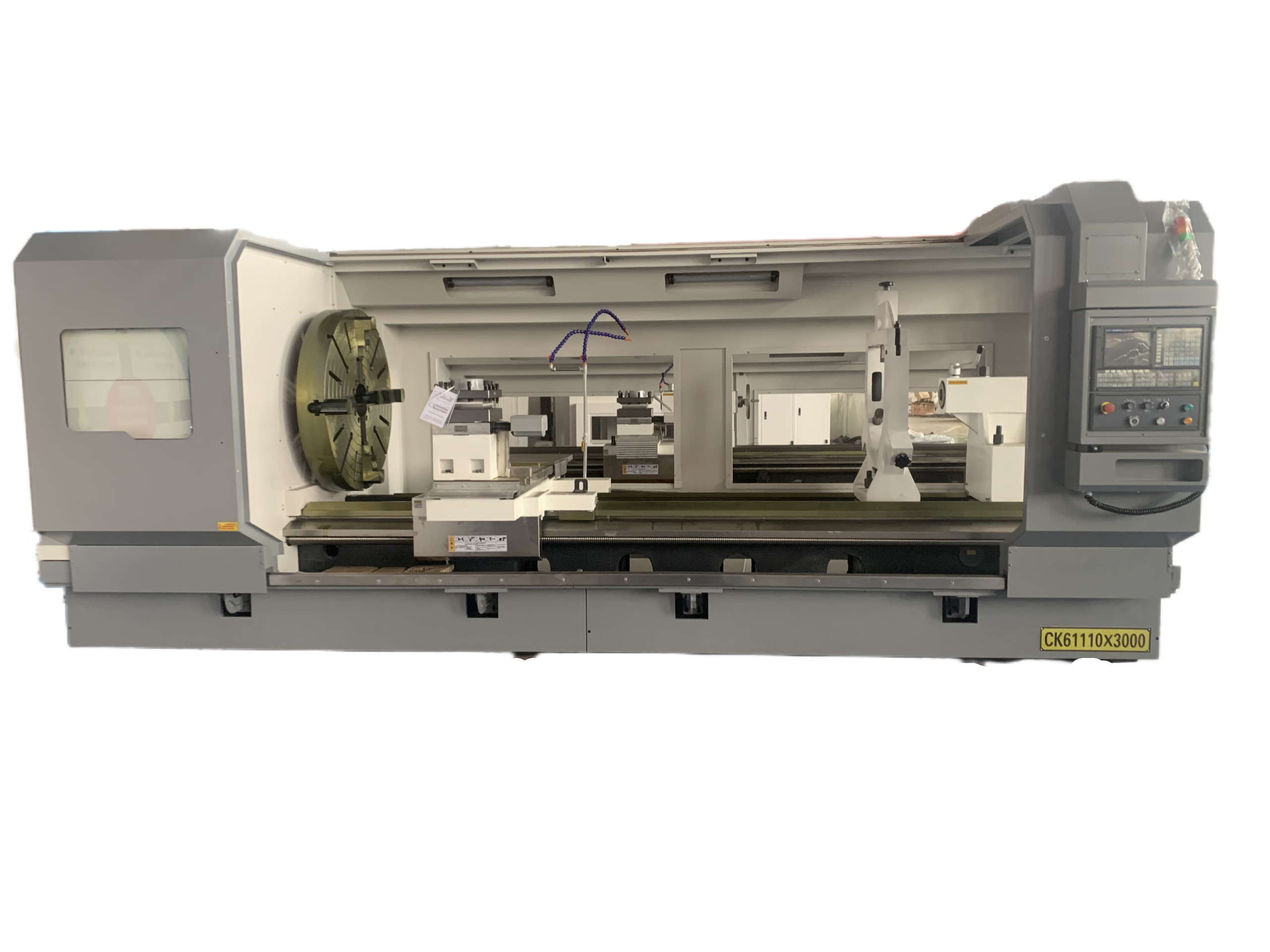Troubleshooting and daily maintenance of CNC machining centers are the key to ensuring stable and efficient operation of equipment. The following will be elaborated in detail from two aspects: troubleshooting and daily maintenance.
1. Troubleshooting
1. Observe the fault display:
o First, you can observe the fault light, status light or alarm light in the control cabinet, which usually lights up or flashes when the equipment fails.
o By consulting the equipment manual, you can understand the meaning of these indicator lights and preliminarily determine the cause of the fault.
2. Determine the direction of fault source search:
o According to the preliminary judgment of the cause of the fault, determine the direction and means of fault source search.
o For example, if it is an electrical fault, you may need to check the connection of electrical components such as wires, cables, and plugs; if it is a mechanical fault, you may need to check the transmission components, bearings, guide rails, etc. of the machine tool.
3. Step-by-step troubleshooting:
o Troubleshooting is usually carried out from simple to complex, from external to internal.
o You can start with external equipment, such as air filters, coolants, etc., and then gradually go deeper into the machine tool to check key components such as lead screws, bearings, guide rails, etc.
4. Specific faults and troubleshooting methods:
o Unable to return to zero: Possible reasons include the origin switch contacts being stuck, the origin block position being incorrect, etc. The solution includes cleaning the stuck part, adjusting the installation position of the travel switch, etc.
o Positive and negative hard limit alarm: Possible reasons include the travel switch contacts being pressed, stuck, and the travel switch being damaged. The solution includes adjusting the position of the travel switch, replacing the travel switch, etc.
o Tool change failure: Possible reasons include insufficient air pressure, poor contact of the tool release button, etc. The solution includes checking the air pressure, replacing the tool release button, etc.
2. Daily maintenance
1. Daily inspection:
o Before starting the machine every day, check whether there is accumulated dust or impurities on the outside of the equipment, especially on the moving parts of the machine tool.
o Check the tightness of all screws and bolts to ensure the stability and safety of the machine tool.
o Pay attention to the noise and abnormal smell of the equipment. If there is any abnormality, stop the machine immediately for inspection.
2. Regularly change the lubricating oil:
o According to the requirements of the machine tool manufacturer, regularly change the lubricating oil to ensure the normal operation of the machine tool.
o Before changing the lubricating oil, clean the oil tank and pipes to remove the old lubricating oil and impurities.
3. Clean the equipment:
o Regularly clean the surface of the equipment to remove dust and impurities.
o Regularly replace the air filter to prevent the entry of dust and impurities.
o Clean the guide rails and sliders to remove dust and impurities and play a lubricating role.
4. Check the coolant:
o Regularly change the coolant to remove impurities and prevent corrosion.
o Clean the coolant filter to ensure the smooth flow of the coolant.
o Regularly check the coolant level and temperature to detect leakage or insufficient coolant in time.
5. Tighten the screws and bolts:
o Regularly check the tightness of all screws and bolts, including screws and bolts on the machine tool base, column, workbench, etc.
6. Check electrical components:
Regularly check the connection of all electrical components, including wires, cables, plugs, etc.
Record the parameters of each component, such as voltage, current, etc., so as to detect abnormal conditions in time.
Replace all fuses and circuit breakers to ensure the normal operation of the electrical system.
7. Adjust the workbench and spindle:
o According to the requirements of the machine tool manufacturer, regularly adjust the position of the workbench and spindle to ensure their accuracy.
o After adjustment, measure the radial runout and verticality of the workbench and spindle in time to ensure that they meet the required standards.
8. Check tool compensation:
o Regularly check all tool compensation parameters to ensure their correctness and accuracy.
Through the above troubleshooting and daily maintenance measures, the failure rate of CNC machining centers can be effectively reduced, and the stability and production efficiency of equipment can be improved.



